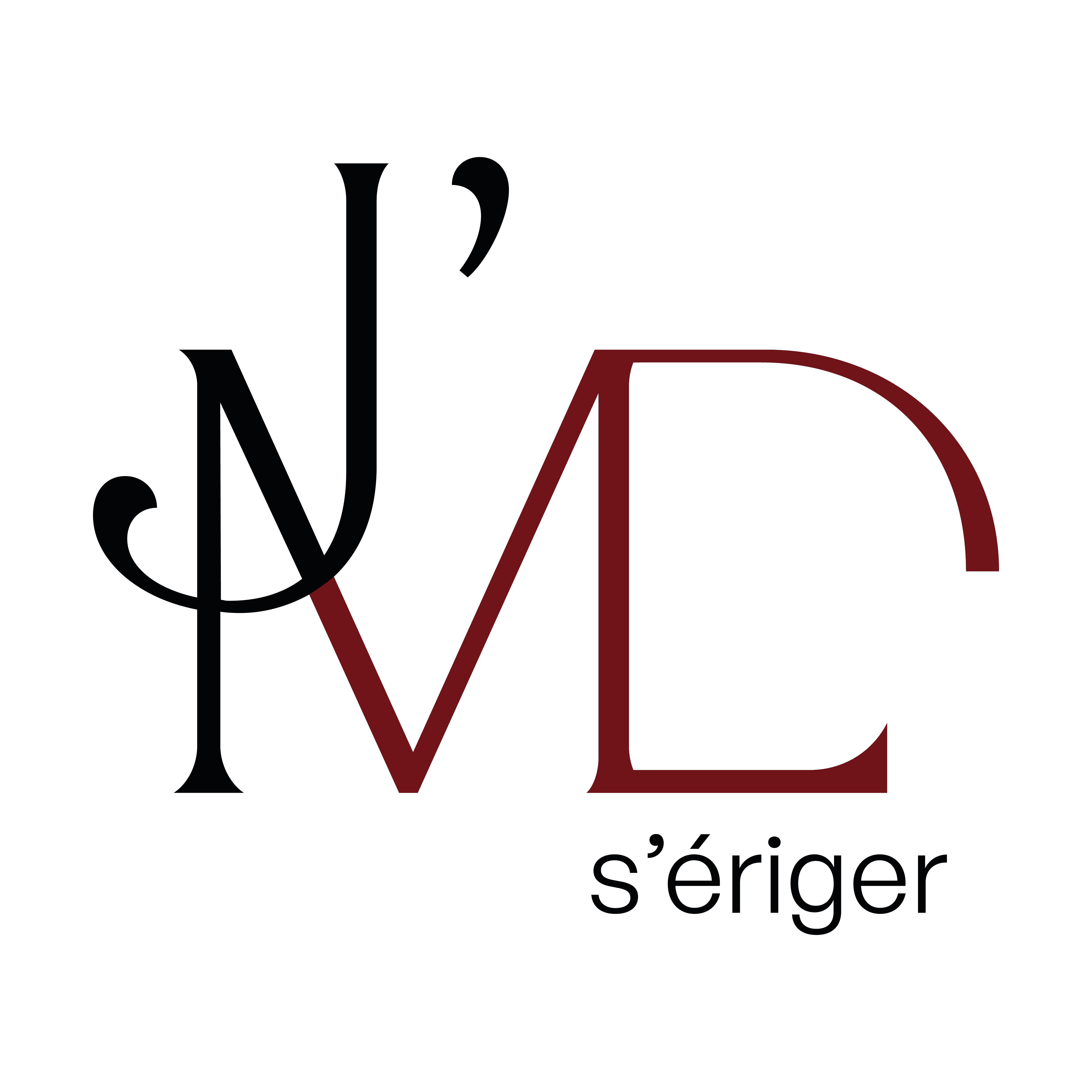
Rising with stability while keeping a free mind

Reflexology is thought to have originated in ancient Egypt and China over 4500 years ago. We distinguish between foot, palm, cranial and facial reflexology. Foot reflexology is the most widespread. It is based on the principle that the whole body is represented on the area of the 2 feet or hands, so massaging these reflex zones has a beneficial effect on the whole body.
It can be used on adults, the elderly and children.
The pressure is suitable for everyone, but is more limited in time for children. Reflexology is beneficial to all systems (nervous, endocrine, lymphatic, cardiovascular, bone, joint, muscular, sensory and respiratory).
The sessions are covered by most complementary health insurance funds.
Born on January 27, 1814, in Paris, and died on September 17, 1879, in Lausanne.
A self-taught 19th-century French architect, known to the general public for his restorations of medieval buildings, religious monuments, and castles.
He is particularly renowned for his work on the Basilica of Vézelay, Notre-Dame Cathedral in Paris, the Cité of Carcassonne, the Château de Pierrefonds, the Château de Roquetaillade, and Lausanne Cathedral (formerly known as Notre-Dame Cathedral).
Architect, restorer, draftsman, decorator, theorist, teacher, and writer.
Endowed with a brilliant, sharp, and subtle mind, his intelligence was truly exceptional.
As a self-taught architect, he succeeded in asserting his art, his style, and his ideas—despite criticism for not having studied at the École des Beaux-Arts.
From childhood, his strong character began to emerge, and through his writings, his determined and unwavering personality revealed itself—always true to his convictions.
“I love my art for its own sake, not for what I might gain from it. So this is what I tell myself: if I have talent, school will not give it to me—far from it—for school is like a torrent that sweeps you along, surrounds you, and overwhelms you.
You try to resist its current at first, but eventually you give in.
And then goodbye to talent—you become what others want to make of you.
School is a mold for architects.”
— Eugène-Emmanuel Viollet-le-Duc
This quote reflects the bold and assertive nature of Eugène-Emmanuel Viollet-le-Duc, whose writings include the monumental Dictionnaire raisonné de l’architecture française du XIe au XVIe siècle.
"I love my art for itself, not for what I might gain from it. So here’s what I tell myself: if I have talent, school will not give it to me, far from it, for... it is a torrent that sweeps you away, that wraps you up, that floods you.
You try, at first, to resist its easy current, but you always end up giving in. And so, farewell talent, you become what others wish to make of you. School is a mold for architects."
[Eugène-Emmanuel Viollet-le-Duc]
This quote reflects the bold and assertive nature of Eugène-Emmanuel Viollet-le-Duc, whose writings include the monumental ‘‘Dictionnaire raisonné de l’architecture Française du XIᵉ au XVIᵉ siècle’’.

In the 13th century, a spire stood at the crossing between the nave and transept of Notre-Dame. It was dismantled in the 18th century due to structural concerns, and later replaced in the 19th century during major restoration works.
Eugène Viollet-le-Duc designed a new spire, inspired by one he had previously imagined for Orléans Cathedral. He entrusted its construction to Auguste Bellu and the Monduit workshops.
Inaugurated in 1859, the spire reached a height of 96 meters and was flanked by copper statues of the twelve apostles and the four evangelists. Viollet-le-Duc even portrayed himself as Saint Thomas, gazing up at the top of his creation. In 1935, a rooster containing relics was added to the spire. Remarkably, it was recovered from the debris after the fire of April 15, 2019.

Geneviève Viollet-le-Duc
Reflexology is thought to have originated in ancient Egypt and China over 4500 years ago. We distinguish between foot, palm, cranial and facial reflexology. Foot reflexology is the most widespread. It is based on the principle that the whole body is represented on the area of the 2 feet or hands, so massaging these reflex zones has a beneficial effect on the whole body.
It can be used on adults, the elderly and children.
The pressure is suitable for everyone, but is more limited in time for children. Reflexology is beneficial to all systems (nervous, endocrine, lymphatic, cardiovascular, bone, joint, muscular, sensory and respiratory).
The sessions are covered by most complementary health insurance funds.


